Green Giant Arborvitae Tree
- June 30, 2023
- 0 comment

Common Name: Green Giant Arborvitae
Tree Botanical Name: Thuja standishii x plicata ‘Green Giant’
Family: Cupressaceae
Plant Type: Evergreen conifer

Mature Size and Growth Rate
The Green Giant Arborvitae is a fast-growing coniferous tree that can reach impressive heights. It typically grows to a mature size of 40 to 60 feet (12 to 18 meters) in height and 12 to 20 feet (3.5 to 6 meters) in width. This rapid growth rate makes it an excellent choice for those seeking a tall, privacy-screening tree,
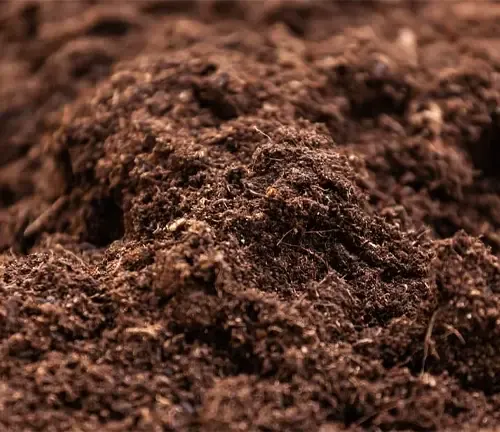
Soil Type and Preference
Green Giant Arborvitae trees prefer well-drained soil that is rich in organic matter. They can tolerate a wide range of soil types, including clay, loam, and sandy soils. However, they perform best in moist, slightly acidic soils.
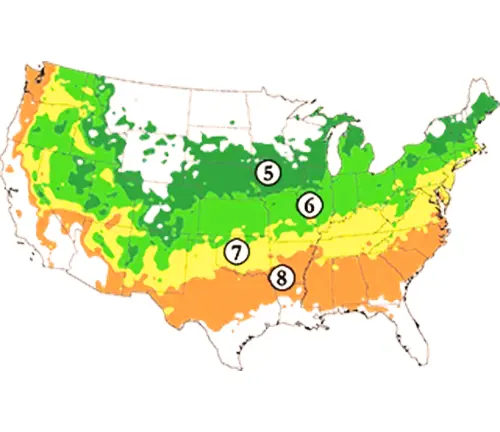
Hardiness Zones
The Green Giant Arborvitae is highly adaptable and thrives in USDA hardiness zones 5 to 8. It can withstand cold winters and hot summers, making it suitable for a variety of climates.

Sun Preference
Green Giant Arborvitae trees prefer full sun exposure for optimal growth and density. They can tolerate some shade, but their growth may be less vigorous, and their foliage may become thinner in shaded areas.
Attributes and Characteristics
The Green Giant Arborvitae possesses several notable attributes and characteristics:
- Foliage: The tree features dense, dark green foliage composed of scale-like leaves that retain their color year-round. The foliage has a soft, feathery texture and emits a pleasant fragrance when crushed.
- Shape: The Green Giant Arborvitae has a pyramidal to conical shape, with a broad base and a pointed top. It maintains its attractive form without requiring significant pruning.
- Privacy Screen: Due to its rapid growth and dense foliage, the Green Giant Arborvitae is widely used as a natural privacy screen or windbreak.
- Winter Interest: The evergreen nature of the tree ensures that it remains visually appealing even during the winter months when many other plants are dormant.
Wildlife Value
The dense foliage of the Green Giant Arborvitae provides excellent cover and nesting sites for birds. Additionally, the tree’s seeds and foliage offer a source of food and shelter for various wildlife species.
Care
To ensure the health and vitality of the Green Giant Arborvitae tree, consider the following care guidelines:
- Watering: Provide regular watering, especially during the tree’s establishment period. Once established, the tree is moderately drought-tolerant but benefits from occasional deep watering during dry periods.
- Fertilization: Apply a balanced, slow-release fertilizer in early spring to promote healthy growth. Avoid excessive fertilization, as it can lead to excessive foliage and weaken the tree’s structure.
- Mulching: Apply a layer of organic mulch around the base of the tree, keeping it away from the trunk. This helps conserve moisture, suppress weeds, and regulate soil temperature.
- Pruning: Minimal pruning is typically required for the Green Giant Arborvitae. However, light trimming can be done in early spring to shape the tree or remove any dead or damaged branches.
Benefits
The Green Giant Arborvitae tree offers numerous benefits, including:
- Privacy and Noise Barrier: Its rapid growth rate and dense foliage make it an excellent natural privacy screen, providing seclusion and reducing noise pollution.
- Windbreak: The tree’s dense foliage also serves as an effective windbreak, protecting gardens and landscapes from strong winds.
- Low Maintenance: Once established, the Green Giant Arborvitae requires minimal maintenance, making it a convenient choice for busy homeowners.
- Wildlife Habitat: The tree’s dense foliage and seeds provide habitat and food for birds and other wildlife, supporting biodiversity.
Invasive
The Green Giant Arborvitae is not considered invasive. It is a cultivated hybrid that does not pose a threat to native ecosystems.
Lifespan
With proper care and conditions, the Green Giant Arborvitae can have a lifespan of 30 to 50 years or more. However, individual tree longevity can vary depending on factors such as site conditions and maintenance practices.
Disadvantage
One potential disadvantage of the Green Giant Arborvitae is its large size, which may not be suitable for smaller landscapes. Additionally, its rapid growth rate may require more frequent pruning and maintenance compared to slower-growing trees.

Edible or Not
The foliage and seeds of the Green Giant Arborvitae are not considered edible for humans. However, they do not pose any significant toxicity risks.
Habitat Requirements
The Green Giant Arborvitae thrives in moist, well-drained soil but can tolerate a range of soil conditions. It prefers locations with full sun exposure but can tolerate partial shade. Proper spacing is essential to allow for healthy air circulation and prevent diseases.
Name Origin
The name “Green Giant” reflects the tree’s impressive size and rapid growth rate. It was selected and introduced by nurseryman Robert O. Bloxam in the late 1960s.
Varieties
The Green Giant Arborvitae is a specific cultivar within the Arborvitae species (Thuja). While there are other Arborvitae cultivars available, the Green Giant is one of the most popular and widely planted varieties.
Pruning
Pruning requirements for the Green Giant Arborvitae are minimal. Light pruning in early spring can be done to shape the tree or remove any dead or damaged branches. Avoid heavy pruning, as it can affect the tree’s natural form and density.
Propagating
Green Giant Arborvitae trees are typically propagated through vegetative means, such as cuttings or grafting. It is less commonly propagated from seeds due to variations in offspring characteristics.
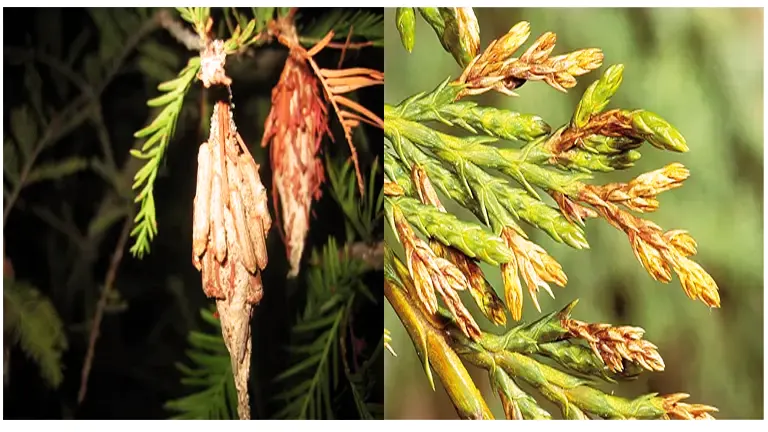
Common Pests & Diseases
The Green Giant Arborvitae is generally resistant to many common pests and diseases. However, it may be susceptible to occasional issues such as bagworms, spider mites, and root rot. Regular inspection and appropriate pest control measures can help mitigate these problems.
Fun Facts:
- The Green Giant Arborvitae is a hybrid resulting from a cross between Japanese Arborvitae (Thuja standishii) and Western Red Cedar (Thuja plicata).
- The tree’s dense foliage and conical shape have earned it comparisons to traditional Christmas trees.
- Due to its rapid growth rate, the Green Giant Arborvitae can gain 3 to 5 feet (0.9 to 1.5 meters) in height in a single growing season.
Frequently Asked Questions:
- Can the Green Giant Arborvitae be used as a hedge?
Yes, the Green Giant Arborvitae is often used as a tall hedge or privacy screen due to its rapid growth and dense foliage. - How far apart should Green Giant Arborvitae trees be planted for a privacy screen?
For a dense privacy screen, plant Green Giant Arborvitae trees approximately 5 to 6 feet (1.5 to 1.8 meters) apart. - Can the Green Giant Arborvitae tolerate salt spray?
While the Green Giant Arborvitae is somewhat tolerant of salt spray, it is best to avoid planting it in coastal areas with direct exposure to saltwater. - Can the Green Giant Arborvitae be pruned into a specific shape?
Yes, with regular pruning and shaping, the Green Giant Arborvitae can be trained into various forms, including pyramids or columns. - Does the Green Giant Arborvitae attract deer?
The dense foliage of the Green Giant Arborvitae can provide cover for deer, but they generally do not prefer to feed on it. However, deer browsing behavior can vary in different regions.
In conclusion, the Green Giant Arborvitae is a magnificent tree known for its impressive size, rapid growth, and dense foliage. With its ability to create privacy, withstand various climates, and support wildlife, it is a popular choice for homeowners and landscapers alike. With proper care and maintenance, the Green Giant Arborvitae can thrive and become a focal point of beauty in any landscape.


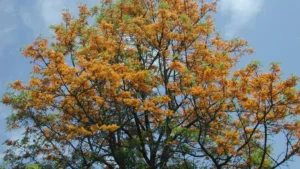
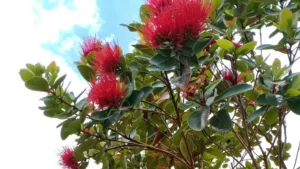
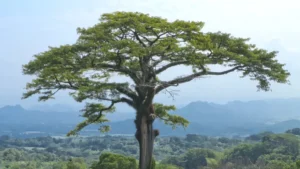
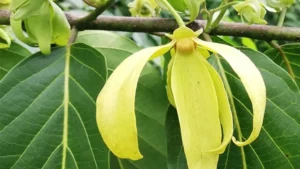
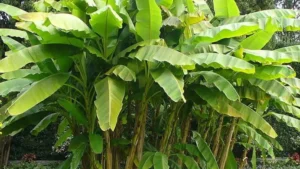
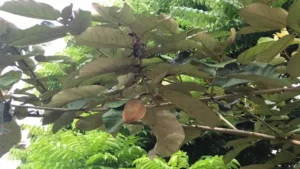
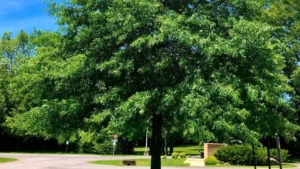
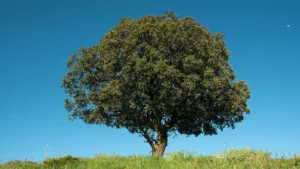
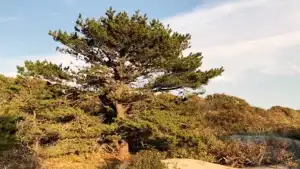
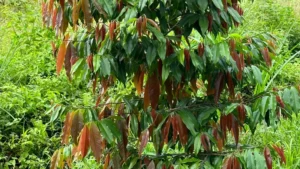
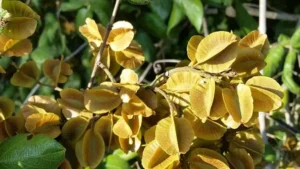
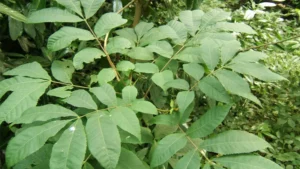
Leave your comment